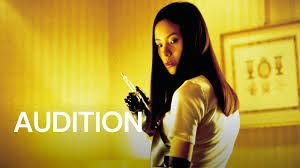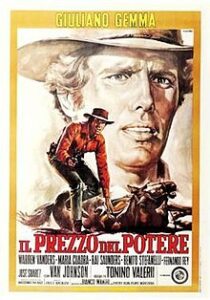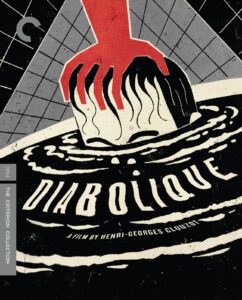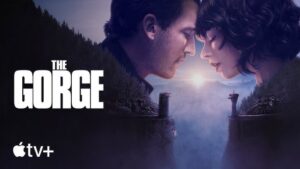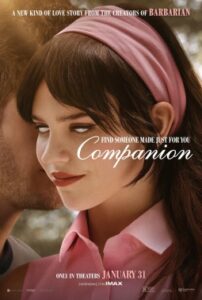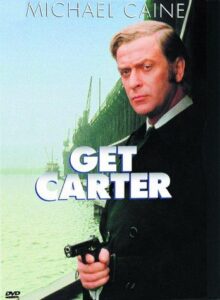.
Let me be upfront with the limitation of this review, I did not finish the film and abandoned it part way through its runtime of an hour and thirty-five minutes. That alone should tell you my opinion of this project.

Paramount +
Now, there are those who have been annoyed with ‘new Trek’ for political reasons; I am not counted among them. There are those that are annoyed with it for canon and continuity reasons, nor am I counted among those people. Star Trek: Discovery did not capture my attention, and I give up after a few episodes. However, Star Trek: Strange New Worlds I adore and cannot wait for the new season this year.
I went into Star Trek: Section 31 with limited knowledge, that ‘Section 31’ was effectively the ‘Black Ops’ division of Starfleet and with an open mind. Let the movie be the movie and see if I was entertained by it.
I despaired when it began with a ponderous and overly dramatic prolog. Prologs are tricky things, particularly when they ask the reader or viewer to accept things that are highly improbable, such as a ‘hunger games’ kind of deal to selected random persons who will become an Emperor. Despotic governments aren’t well-known for rigidly adhering to rules concerning the transfer of power.
Fine, we get through the prolog and go into another misused technique, the voice-over exposition, where Jamie Lee Curtis gives us the background for a central character. Minutes and minutes of screen time have been wasted that only served as exposition creating neither dramatic nor emotional tension. Now, with that past, the story itself can finally get going.
In a scene that was supposed to establish Phillipa’s (Michelle Yeoh) acute perceptions as she identifies the special ops team in her space bar the script comes to yet another screeching halt for more ham-handed exposition describing the team, which we get twice as the team leader goes over it again. It doesn’t not help that the team is comprised of stock, flat characters wholly devoid of any sense of any inner life.
Okay, we can get to the mission and at least start the story. Things go a little wonky and there’s a big special effects driven pseudo-martial arts fight scene that drags, is hideously edited and lacking in any dramatic or emotional weight because all we have been severed to this point is frying pan to the face exposition.
I mentioned that the film has a run time of 95 minutes, when this fight ended, we were about halfway through that. Mw sweetie-wife and I bored by the tedious affair stopped the stream and spent the rest of our evening playing the deck building game Dominion on-line.
As you can see Star Trek: Section 31 never engaged me on any level. There wasn’t enough story to be emotionally invested, the characters, what little time we had with them, were too bland and flat to care about and the plot never turned interesting. I could find nothing in this production that was worth any attention at all. We shall not finish it as life is too short to waste of such bland formless material.
